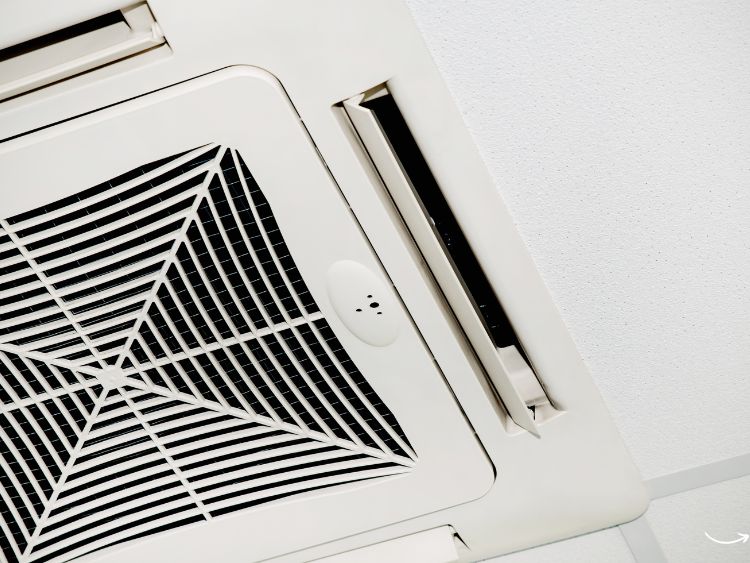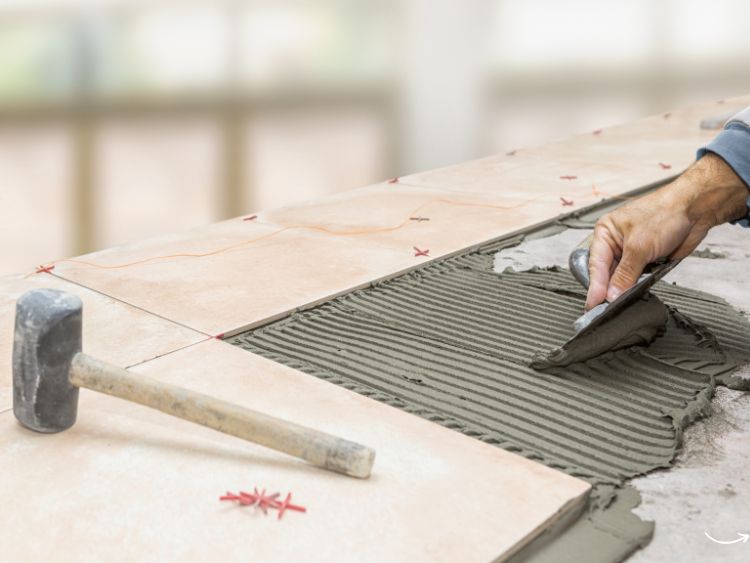Picture this: You step into your shed on a warm summer day, only to be greeted by stifling heat and a musty odor. Not exactly the welcoming space you had in mind, right? Proper ventilation in your shed is crucial for maintaining a comfortable and functional space, whether you’re using it for storage, a workshop, or even a cozy retreat. In this article, we’ll explore the ins and outs of shed ventilation, offering practical tips and solutions to keep your shed breezy and fresh.
Why Ventilation in Shed Matters
Preventing Moisture Buildup
One of the primary reasons for ventilating your shed is to prevent moisture buildup. Without proper ventilation, moisture from the air and the ground can accumulate inside your shed, leading to mold, mildew, and rot. This not only damages the structure of your shed but also any items stored inside. By ensuring good airflow, you can keep moisture levels in check and protect your belongings.
Regulating Temperature
Have you ever noticed how stuffy and hot a shed can get during the summer? Proper ventilation helps regulate the temperature inside your shed, making it a more comfortable space to work in or store temperature-sensitive items. Good airflow prevents the shed from becoming a sauna in the summer and helps reduce condensation in the winter.
Reducing Odors
A poorly ventilated shed can quickly become a breeding ground for unpleasant odors. Whether it’s from stored chemicals, damp materials, or simply stale air, bad smells can make your shed an uninviting space. Ventilation helps to disperse these odors, keeping the air inside fresh and pleasant.
Types of Ventilation for Your Shed
Passive Ventilation
Passive ventilation relies on natural airflow to keep your shed well-ventilated. This can be achieved through vents, windows, and gaps that allow air to circulate without the need for mechanical systems.
Ridge Vents
Ridge vents are installed along the peak of your shed’s roof. They allow hot air to escape from the top while cooler air enters through lower vents, creating a continuous airflow. Ridge vents are effective for larger sheds and can be combined with soffit vents for optimal ventilation.
Soffit Vents
Soffit vents are installed under the eaves of your shed. They work in tandem with ridge vents to create a flow of air from the soffits up to the ridge, effectively ventilating the entire space. Soffit vents are particularly useful for sheds with pitched roofs.
Gable Vents
Gable vents are placed on the walls of your shed, usually at the top of the gable ends. They allow hot air to escape and fresh air to enter, promoting good airflow. Gable vents are easy to install and can be a great addition to any shed.
Mechanical Ventilation
For sheds that need a bit more help with airflow, mechanical ventilation can be the way to go. This involves using fans and vents to actively move air in and out of the shed.
Exhaust Fans
Exhaust fans are installed in the walls or roof of your shed and work by pulling hot, stale air out of the space. These fans can be controlled manually or set on a timer to ensure consistent ventilation. They’re especially useful in larger sheds or those used for activities that generate heat and fumes, such as woodworking or metalworking.
Solar-Powered Fans
If you’re looking for an eco-friendly option, solar-powered fans are a great choice. These fans use solar energy to operate, making them cost-effective and energy-efficient. They’re ideal for sheds located in sunny areas and can provide consistent ventilation without adding to your energy bill.
How to Improve Ventilation in Your Shed
Install Vents
Installing vents is one of the simplest ways to improve ventilation in your shed. Whether you opt for ridge vents, soffit vents, or gable vents, make sure they’re properly placed to allow for optimal airflow. A combination of different vent types can provide the best results.
Add Windows
Windows not only let in natural light but also provide an excellent way to ventilate your shed. Choose windows that can be easily opened and closed to control airflow. Installing windows on opposite sides of the shed can create a cross-breeze, further enhancing ventilation.
Use Fans
Fans are a quick and effective way to boost ventilation. Portable fans can be moved around as needed, while exhaust fans can be permanently installed to remove hot air and fumes. For an environmentally friendly option, consider solar-powered fans.
Keep Doors Open
When weather permits, keep the shed doors open to allow fresh air to circulate. This is an easy way to ventilate the space, especially during activities that generate heat or fumes.
Seal Cracks and Gaps
While it might seem counterintuitive, sealing cracks and gaps in your shed can actually help with ventilation. This prevents unwanted air leaks and ensures that the ventilation system works more efficiently by directing airflow where it’s needed.
FAQs About Shed Ventilation
How often should I ventilate my shed?
It’s best to ensure your shed is ventilated year-round. In warmer months, keep vents and windows open as much as possible to allow for maximum airflow. In colder months, you can reduce ventilation but still allow for some airflow to prevent moisture buildup.
Can I use a dehumidifier in my shed?
Yes, a dehumidifier can be a great addition to your shed, especially if you live in a particularly humid climate. It helps reduce moisture levels and complements your ventilation system.
Do I need to ventilate a metal shed?
Absolutely. Metal sheds are prone to condensation, which can lead to rust and corrosion. Proper ventilation is essential to prevent these issues and maintain the longevity of your shed.
What size vents do I need for my shed?
The size of the vents depends on the size of your shed. As a general rule, aim for one square foot of vent space for every 300 square feet of floor area. Consult with a professional if you’re unsure about the specific requirements for your shed.
Can I install ventilation in an existing shed?
Yes, you can. Retrofitting vents, windows, or fans into an existing shed is entirely possible. It’s a relatively simple DIY project, but if you’re not comfortable with the work, consider hiring a professional to ensure it’s done correctly.
Summary
Proper ventilation in your shed is crucial for maintaining a comfortable, functional, and long-lasting space. Whether you’re preventing moisture buildup, regulating temperature, or reducing odors, good airflow can make all the difference. By incorporating passive and mechanical ventilation solutions, you can create a well-ventilated shed that meets your needs. From installing vents and windows to using fans and keeping doors open, there are plenty of ways to improve ventilation in your shed. So, breathe easy and enjoy a fresh, breezy shed all year round.



